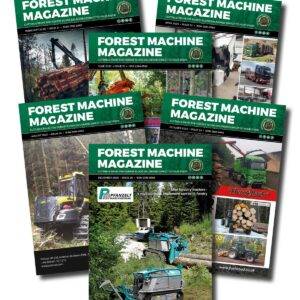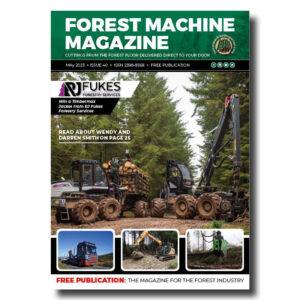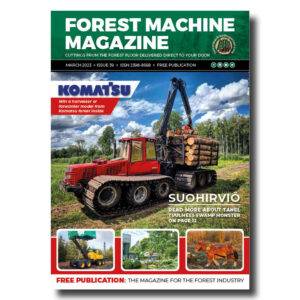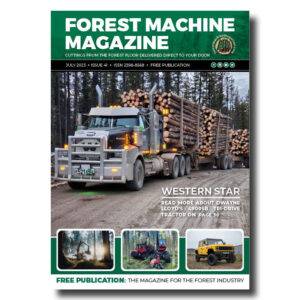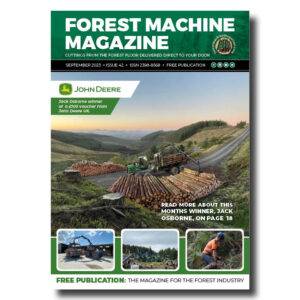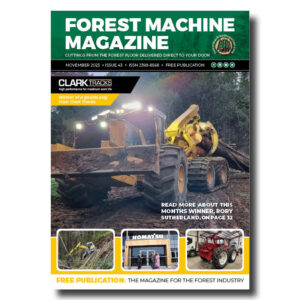On a cold frosty winter’s morning in the forest, there is nothing better than looking forward to break time and opening your flask and pouring a steaming hot refreshing cup of tea.
If someone asked where my tea is from I would probably reply Yorkshire (I am a bit partial to Tetley’s but I have never actually seen a tea plantation there) and to be honest it is not something I have given a lot of thought to.
I met up with Mikael Frimodig, who at the time, worked for Eco Log and he began to tell me about the 4 Eco Log machines that are used to harvest timber in Kenya, which is then used to dry the tea leaves.
John Smith, who manages the forestry operations, was really open and informative regarding their harvesting operations and tea production. He left school in 2007 in his native Swaziland with no idea what the future would hold for him; driving through the Eastern Cape he came across this crazy robot machine harvesting standing timber. He looked up the company who owned the harvester and applied for employment with them. He was offered the position almost immediately and John couldn’t believe his luck; he was 19 years old with no previous logging experience and was piloting a Tigercat LH830C. He operated this machine for two and a half years until he had saved enough money to finance himself on the year- long course at KurunMetsäpillaitos based in Southern Finland to become a professional Forest Machine Operator.
John continued his career in timber harvesting and in 2014 was offered the position of managing the forestry side of the estate with James Finlays Kenya Ltd.
John said: “I have always had a sense of adventure to go and explore new things and to challenge myself. When I was given the opportunity to go to Kenya I saw that there would be an opportunity to bring a modern piece of incredible Forestry technology and integrate it into Forestry in a country (and part of Africa) where people would never dream of actually seeing one of these beasts in action. I had such a sense of excitement about the position that there was no way I could turn it down”.
Finlays originated in Glasgow in 1750 as a trader and manufacturer of cotton. The company established direct trading links with India in 1816 and China in 1817. During the second half of the 19th century, representatives were sent to India to plant tea. From this point, Finlays started to play a leading role in the development of the global tea industry. During the 1920s, the company expanded its tea business into Africa, establishing estates and production facilities which continue to form a major part of the business today. Finlays pioneered instant tea research, development and production in the 1960s, when the industry was still in its infancy.
-
That’s a remarkable amount of work hours for a single machine, the Norcar 600 owned by Erkki Rinne is taken well care of, it even has the original Diesel engine.
-
Kieran Anders is a forestry contractor working in the lake district. His work involves hand cutting and extracting timber using a skidder and tractor-trailer forwarder.
-
It is not possible to eliminate chain shot, but there are simple steps that can be taken to reduce the risk.
-
Arwel takes great pride in the fact that the mill has no waste whatsoever, “the peelings are used for children’s playgrounds, gardens and for farm animals in barns in the winter and the sawdust has multiple uses in gardens and farms as well.
-
Timber hauliers need to encourage young blood in, and also look after the hauliers we have, we need make the sector a safe and positive place to work.
FIND US ON
Related Posts
For great advertising rates please email Rab at forestmachinemagazine@mail.com
James Finlays are situated 2000m above sea level and border on to the Mau Forest, which is a natural rainforest that acts as one of the last major water catchment areas in the country. The temperatures are very moderate with averages reaching between 18 and 21 normally and a maximum of 25 degrees in the dry season which falls in the period of December to February. They received 1800 mm of rainfall annually which is very high.
The Estate is 8,000ha in total with 3,000ha of it being Eucalyptus trees which are predominately used as the fuel for drying the tea leaves. Currently 150,000m³ of harvested timber is required to dry 27,000 tonnes of tea which is processed in the five factories on the estate annually. The Eucalyptus is harvested at 9 years old and they are committed to following a sustainable forestry programme with a 30 year forecast that is constantly monitored and updated as the timber is harvested.
The Eucalyptus will be coppiced for a further two harvests and then they have found it is better to re-plant with a new crop for maximum yield.
The tea plants, Camellia sinensis , grows all the year round and once the leaves are harvested it only takes another 4 weeks for them to re-grow ready for picking again. The Forestry sector of Finlays has evolved drastically in the last 40 years. In the beginning, trees were felled in the field and left to dry as full tree lengths. There was absolutely no way to tell that there was any sense of organized felling plans at all! After that, contractors, whom the company employed would send people in with chainsaws and axes who would then cross- cut the trees into 1.2m lengths and then stack them in piles in the field where they would be collected with tractors and trailers that would transport them to the various factories within the estate.
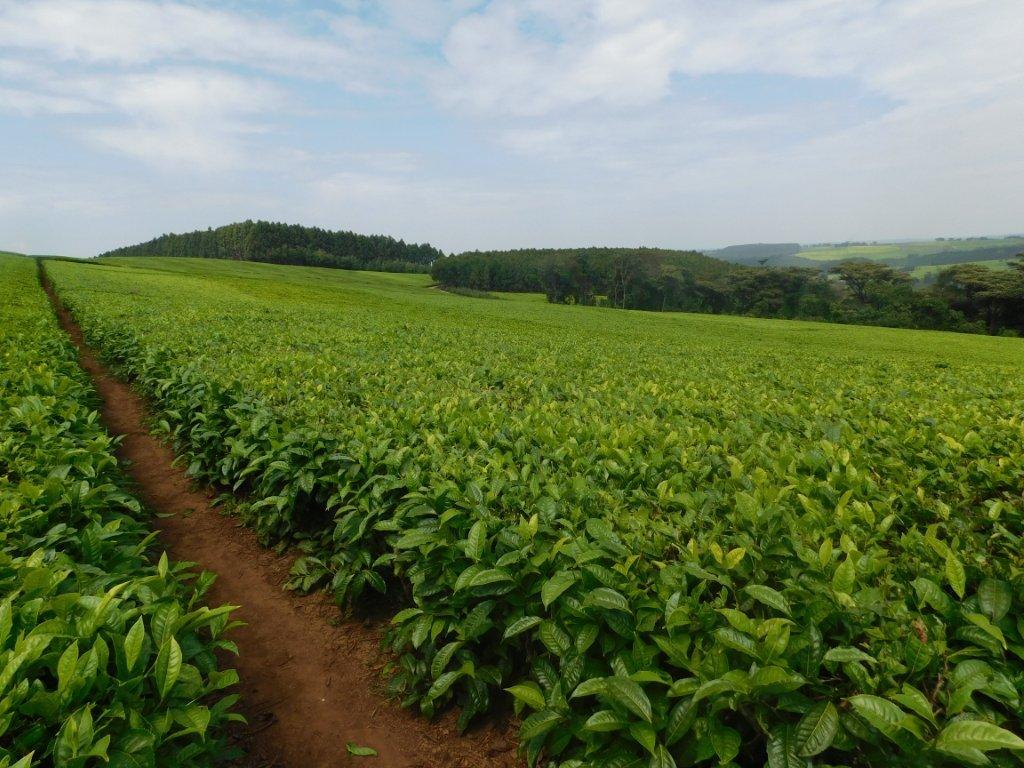

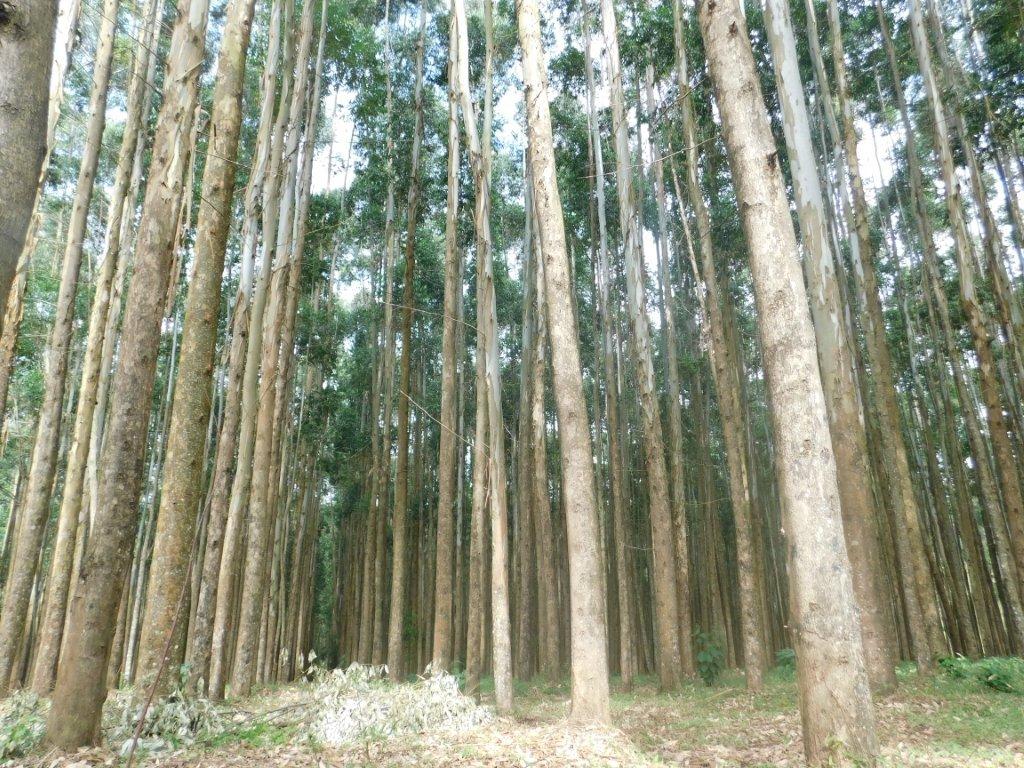

This later became slightly more mechanized in the 1980s when the company purchased their first Igland winches and tractors from James Jones & Sons in Scotland. The felling methods remained the same however and the full tree lengths were then skidded to the roadside where the cross cutting and splitting took place.
In the early 1990s , James Finlays purchased the first 2 three-wheeler Bells from South Africa. This was a famous machine that was designed and used in the Sugar Cane Industry and was later slightly modified for use in Forestry and are particularly useful due to their manoeuvrability for loading and offloading trucks. During this period, trucks were purchased and logs that had been skidded to the roadside were cut to 6 metre lengths and loaded onto trucks. They were then taken to the factories and offloaded where they were cross cut into 1.2m lengths and split manually by the contractors’ employees with axes. This practice was used up until 2014, but prior to this it was obvious that forestry had to be improved, especially from a safety perspective to reduce axe and chainsaw incidents.
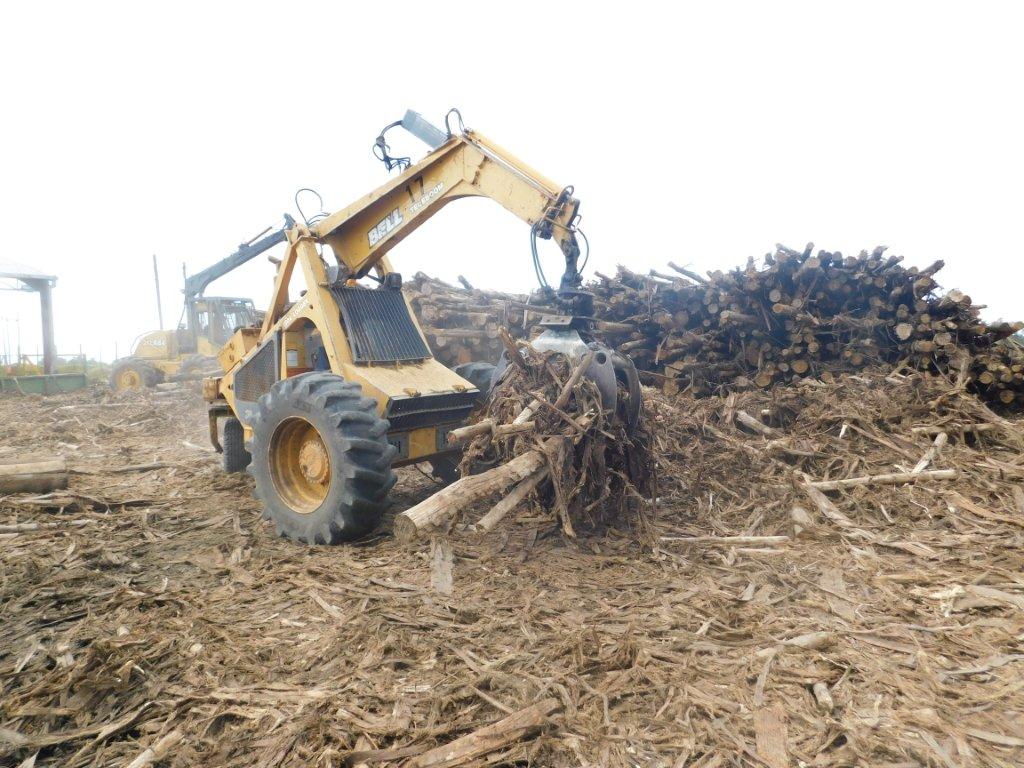

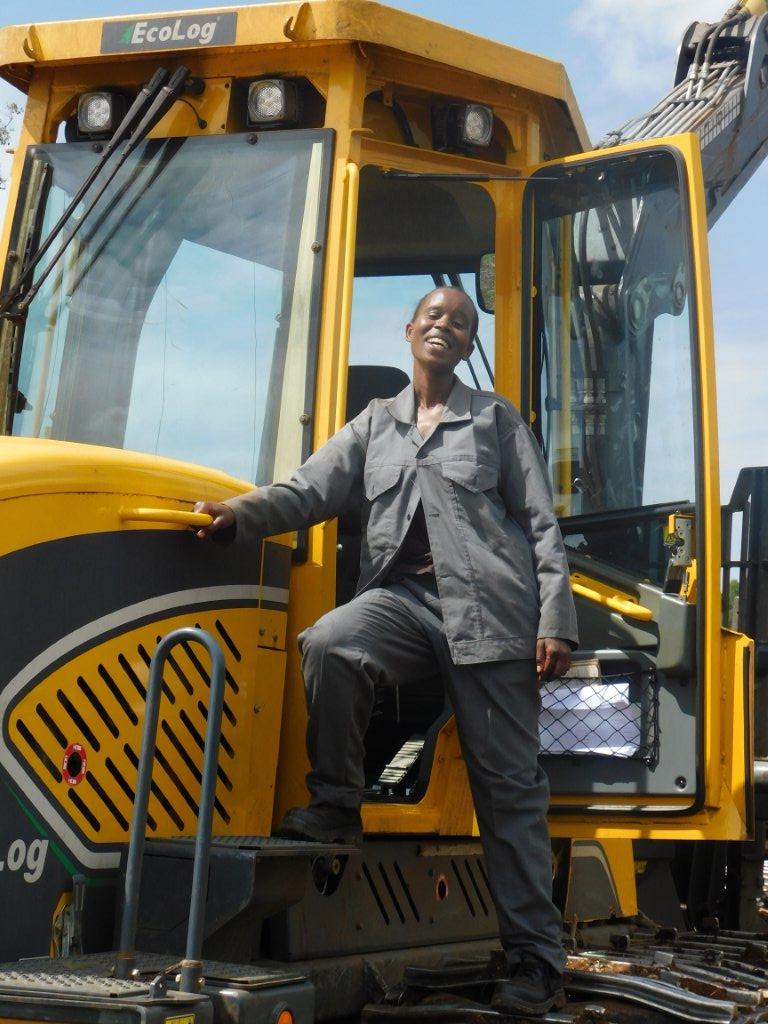

John realised that he also needed to adapt to changing trends around the world. Forestry technology was rapidly advancing in Europe and the machines he had in Kenya were becoming obsolete and spare parts were becoming very scarce. “Given the capital investment in such a unique operation, (we certainly thought so as it would be the first one of its kind in East Africa.) Taking into consideration that we were to be training people who had never seen such machines let alone knew these machines existed. It took a lot of careful consideration in choosing the right supplier of the machines that would help us on the path of our success.
“My predecessor as well as our Technical Manager visited Elmia Wood, in Sweden, in 2013 to go and see what equipment was suitable for our needs. We had selected a group of possible suppliers, but were after a company who would maintain personal relations at a very high level and this is where Eco Log really blew us away. Basically, we came to the conclusion that companies like John Deere and Ponsse are simply too big and impersonal whereas Eco Log were willing to give us a one to one relationship.
“In 2014, we received our first 2 Eco Log machines, a single grip 580 D Eco Log harvester and a 594C forwarder. The Eco Log harvester cuts our trees into 6m cut log lengths and stacks them neatly for forwarding. The logs are left to dry in the field for 4 to 6 weeks before they are forwarded to the roadside where they are stacked neatly and then they are transported to one of our factories. On arrival, one of our 3 Italian Pezzolato TLC automated firewood processor’s cut the logs into 1m lengths, split and load via conveyor belt into the waiting tractor/trailers, each one achieving180m³ per day.
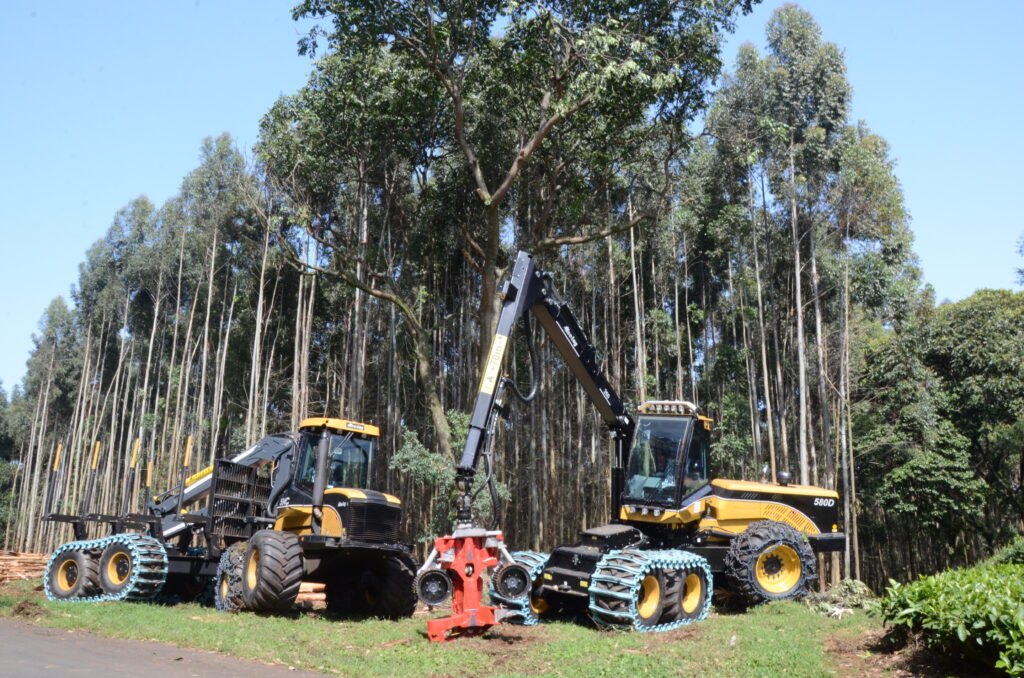

We are currently in the process of installing another 2. It is then delivered to greenhouses where it is manually stacked in a criss-cross fashion to allow maximum airflow through the stacked timber. Samples are taken from sample logs every week and moisture content is measured until it reaches the desired moisture content of less than 20%. The stack is then dismantled and transported to old Locomotive boilers, some of which were installed in the 1930s! And here the logs are manually fed into the boilers to create steam which in turn dries the tea”.
Another 2 Eco Log’s have been recently added, another 580D harvester and a 594D forwarder. I asked John how he went about spares and repairs:
“In Kenya there is a dealer that supplies spare parts for the Mercedes engines and that’s about it! In fact it is! Everything from hydraulic hoses to grease nipples to fittings. All hydraulic and electrical components are ordered in bulk from Sweden then kept in our stores until they are required. This does cause some long delays in downtime at certain times when unexpected breakdowns occur. Our nearest dealer is situated in Sweden. We do have a team of well- trained electricians, mechanics, etc. to sort out issues on the machines. All spare parts are sourced from Sweden so we do sometimes face challenges with a little bit of downtime as getting things cleared through customs in Kenya is always a bit of a hassle! Obviously there are certain technical issues that we sometimes face, but Eco Log have been exceptionally good with communication and with heaps of patience!”
Another difficulty facing John is getting skilled workers for the Eco Log’s and he explained how he overcame this problem:
“Well, it is physically impossible to find any people in Kenya who can operate these machines. All our employees are the only people in East Africa who are skilled operators. We have 9 Kenyan operators in total. All of which I myself and with the help of Eco Log trained. All the operators come from a forestry background. Some of them were chainsaw operators, some tractor drivers. We work 2 shifts per machine. The first shift starts at 6 am and ends at 2pm. We have implemented a half hour maintenance programme which takes place between shifts where both the operators maintain and check the machine together, then the second shift works until 10pm at night. We do not work on Sundays and working hours are reduced to 6 hours on Saturdays”.
John is focused on a continuous training programme for his operators and this is how he got it started:
“In the beginning we started out with field training being carried out by experienced operators (myself and a young Swedish operator) which also included some classroom training on safety and forestry practices. All our operators are now experienced and we have weekly visits to the fields where we score operators on a training matrix that we designed. If an operator gets less than 85% on the training matrix, we give him extra training focused on how to correct bad habits; we find this system works very well”.
It is now almost 4 years on since James Finlays Kenya Ltd. decided to go down the mechanised harvesting route and there is now interest from other tea companies looking to follow in their footsteps. The Kenyan Government is taking a keen interest with the possibility of investing in mechanical harvesting equipment for their state forests. The Kenyans and Finns are currently working together to see if and how this can be integrated.
This has been a really interesting feature for me to be involved in and another use for timber harvesting produce that I would never have thought of. Thanks to both Mikael and John for all your help in putting this together.
Eco Log and James Finlays Kenya Ltd have made history in Kenya as the pioneers of the mechanised cut-to-length harvesting system. Eco Log have set a new precedence by currently owning a 100% share of the harvesting machinery market in Kenya.
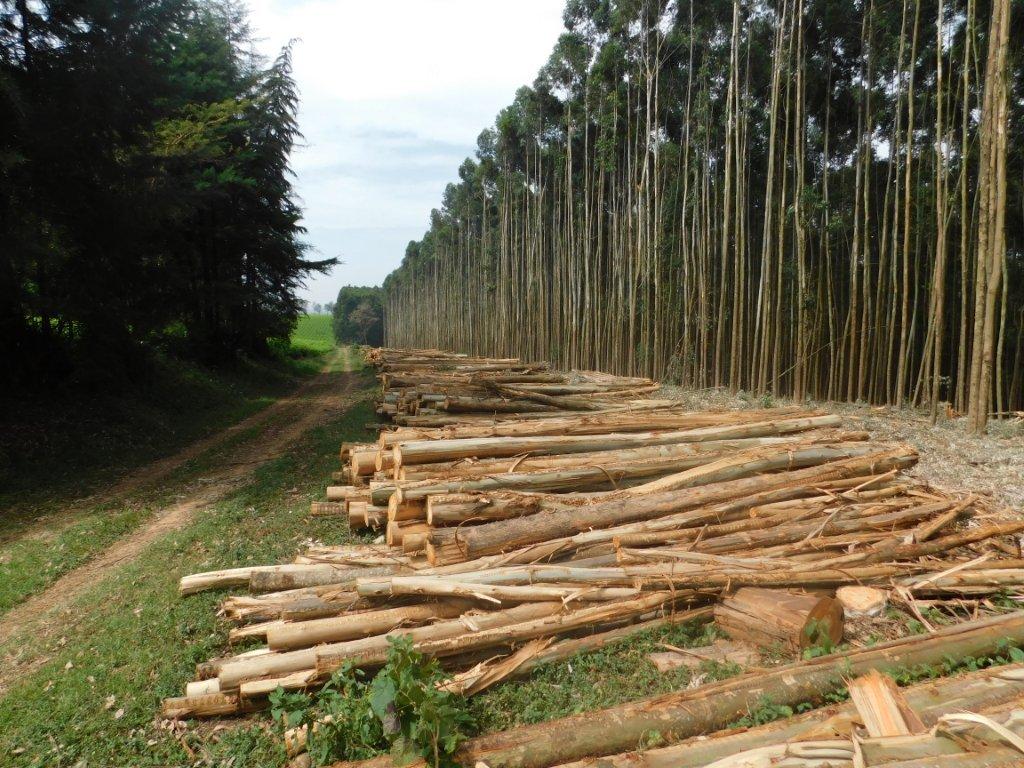

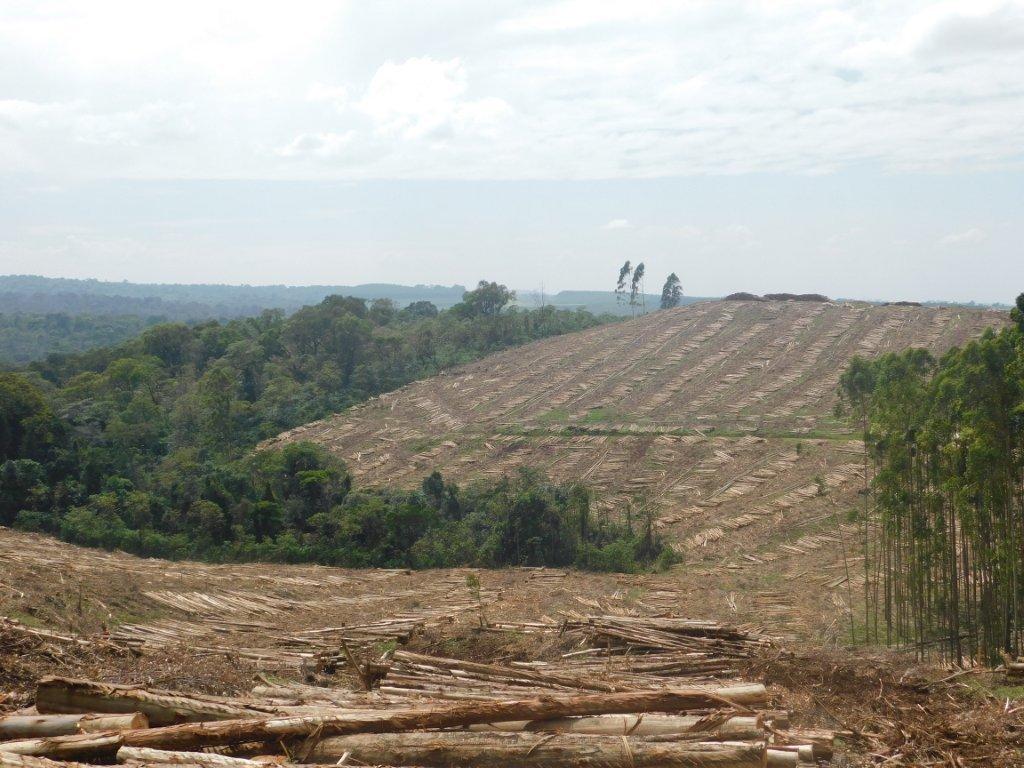



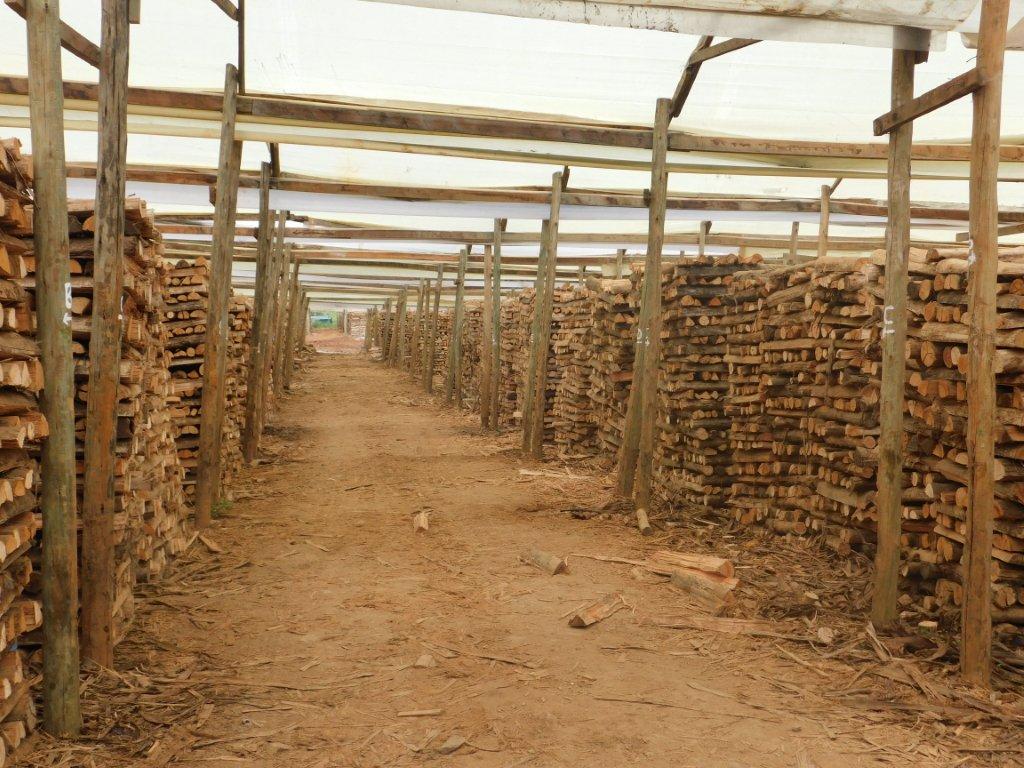

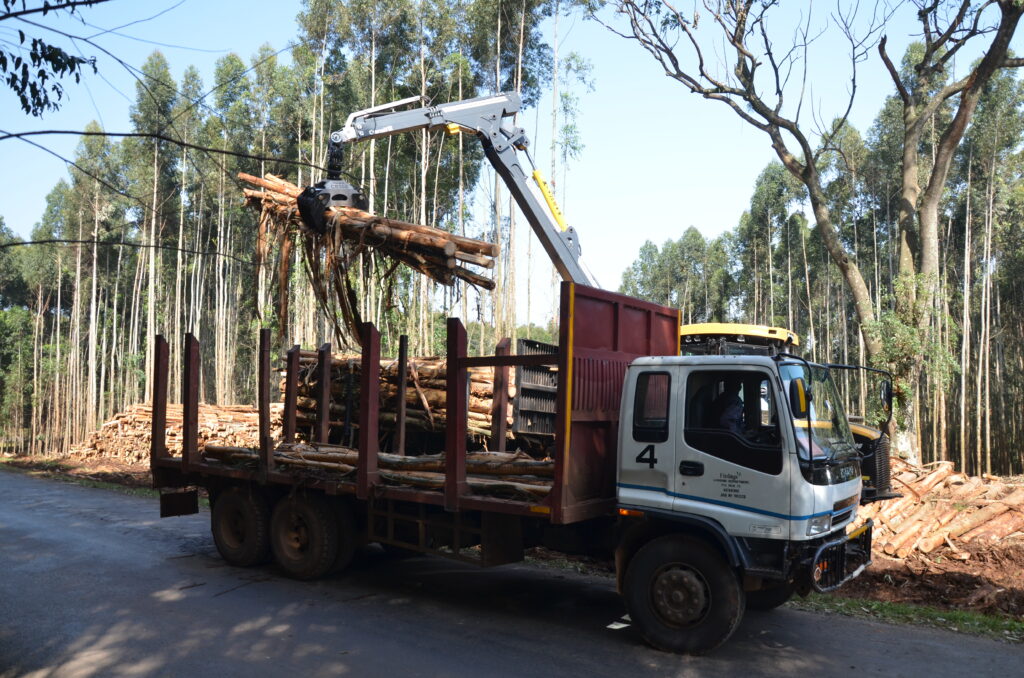

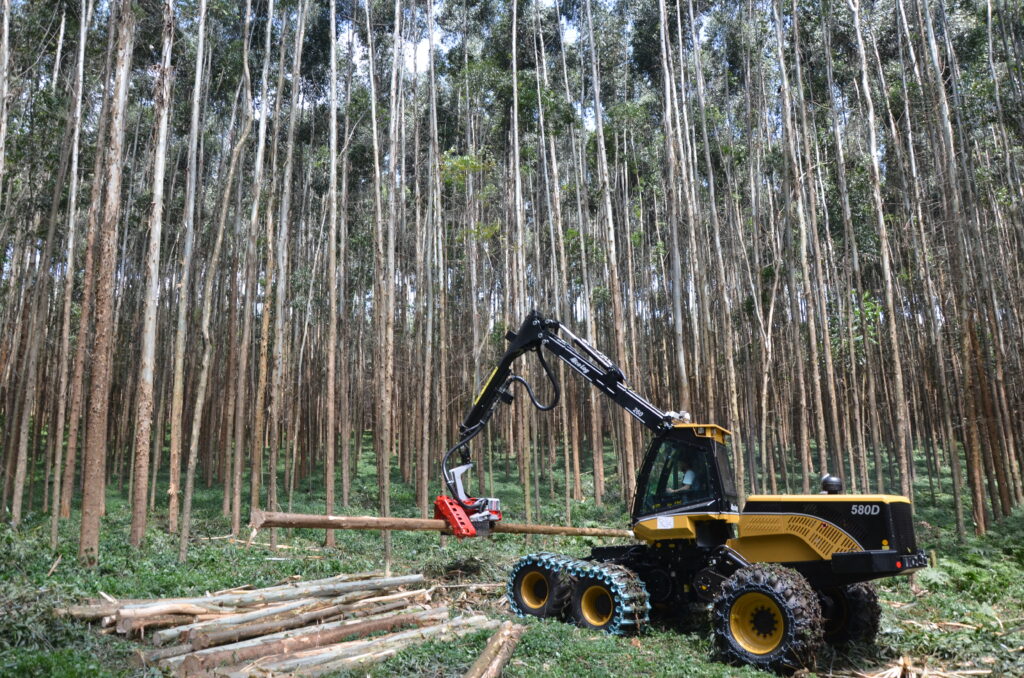

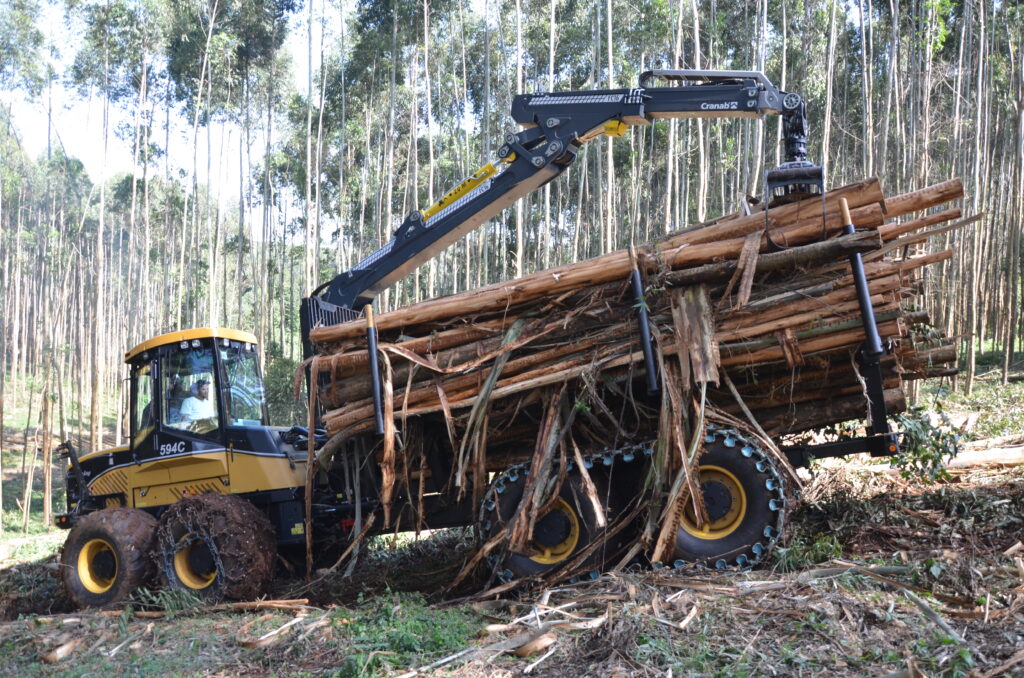

www.finlays.net
www.ecologforestry.com
This article featured in an early issue of Forest Machine Magazine. If you would like your story featured then please get in touch at forestmachinemagazine@mail.com
Forest Machine Magazine is written and edited by a forest professional with over 40 years hands on experience. We are dedicated to keeping you informed with all the latest news, views and reviews from our industry.
To support us you can subscribe to our bi-monthly magazine which is delivered to your door from only £15 per year.
Subscribe here
#homeoflogging #writtenbyloggersforloggers #loggingallovertheworld


